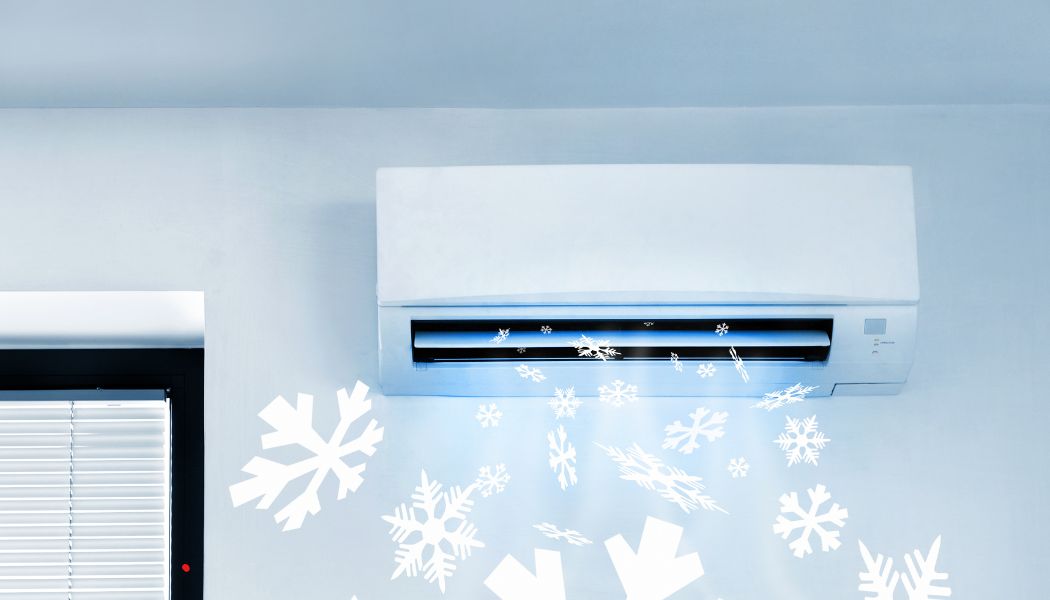In recent months, homeowners and renters alike have been scrambling to get their hands on one of the season’s most in-demand upgrades: ductless air conditioners. Once a niche product, these sleek and energy-efficient units are now being snapped up across the country – and for good reason.
Unlike central AC systems that rely on an entire network of ductwork, ductless units — often called “mini-splits” — operate independently. That means no costly renovation, no disruption to your walls or ceilings, and no long waits for HVAC appointments. You can cool a single room or multiple zones in your home without ever touching your existing setup.
It’s not just convenience driving the shift. Several practical reasons have helped push ductless ACs into the spotlight — and they all come down to efficiency, comfort, and cost.
Traditional Central Air Isn’t Cutting It Anymore
Many homeowners are realizing their central AC systems aren't built for the way we live today. Energy costs are rising, heat waves are becoming more intense, and most homes don’t need every room cooled at the same level.
Ductless units allow for targeted climate control. You can keep the living room cool without wasting electricity on unused bedrooms. Or maintain a comfortable temperature in your home office without freezing out the rest of the house.
For anyone working from home or trying to reduce monthly bills, this kind of flexibility adds up quickly.
Installation Is Easier Than You Think
One of the biggest appeals of ductless AC is the speed and simplicity of setup. Most units require only a small hole in the wall for a conduit, with no ductwork or major construction needed. Some homeowners even handle the installation themselves or with minimal help from a contractor.
Compare that to the cost of retrofitting a central air system, especially in older homes — it’s no surprise many people are choosing ductless as a faster, more affordable option.
Today’s Units Are Smarter, Quieter, and More Efficient
Modern mini-split systems aren’t just efficient; they’re also designed with comfort in mind. Newer models operate quietly — far more so than window units or traditional HVAC systems — and many offer advanced features like programmable thermostats, motion sensors, and smartphone controls.
This means better control over your indoor environment and lower long-term operating costs. For households looking to reduce energy usage without sacrificing comfort, ductless AC hits the sweet spot.
Government Incentives and Supply Chain Pressure
There’s also a financial incentive that’s hard to ignore. In many areas, utility companies and government programs offer rebates or tax credits for upgrading to energy-efficient appliances. Ductless mini-splits often qualify under these programs, giving buyers another reason to make the switch.
But while demand has surged, supply hasn’t always kept up. Popular models are selling out at big-box stores and online retailers. In peak summer months, backorders and delivery delays are common. This has created a bit of urgency for buyers who don’t want to be left sweating it out.
If you’ve been thinking about a cooling upgrade, now may be the right time to act. As temperatures continue to rise, demand isn’t likely to slow down.
What to Look for When Buying
If you’re exploring options, not all ductless systems are created equal. Some units are designed for single-room use, while others support multi-zone setups. Features like inverter technology, heat pump capabilities, and smart home integration can impact both performance and cost.
Before buying, consider the following:
What size space do you need to cool?
Are you looking for cooling only, or a system that also provides heat?
Do you need remote or app-based control?
What are the noise levels and energy ratings?
Reading reviews and comparing brands can make a big difference. Units from Mitsubishi, LG, Daikin, and Gree tend to receive strong marks from both homeowners and HVAC professionals.
